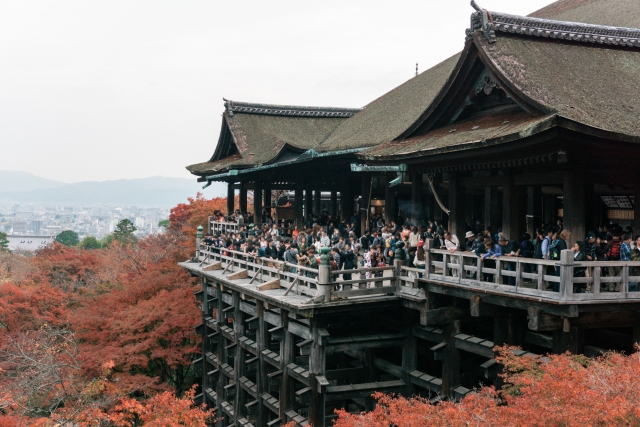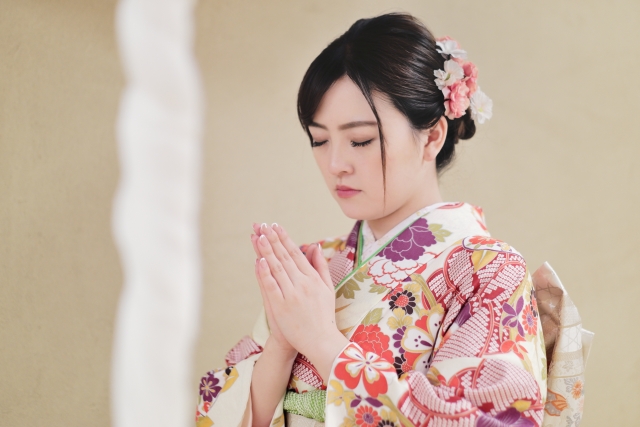Japan, a country steeped in tradition, is home to countless shrines (“Jinja” pronounced ‘Jin-ja’) and temples (“Tera” pronounced ‘Te-ra’), each with its unique charm and history. Visiting these sacred spaces offers a peek into Japan’s rich cultural tapestry.
But, like any cultural experience, there are customs to respect.
Here’s an insightful guide to help you navigate these spiritual destinations with grace and respect.
Shrines and Temples: An Overview
Before we delve into the etiquettes, it’s crucial to understand what these sacred sites represent. In Japanese, “神社” translates to “Jinja“, referring to Shinto shrines, while “寺” or “Tera” represents Buddhist temples.
Despite the shared purpose of being places of worship, they each possess unique rituals and architectural styles.
Shrines (Jinja): Home of Shinto Deities

Shinto, an indigenous faith of Japan, reveres the ‘Kami,’ the spirits or phenomena worshipped in the religion. Shinto shrines, often marked by a ‘Torii’ gate at the entrance, house various Kami and play a significant role in Japan’s religious and cultural celebrations.
Temples (Tera): The Abode of Buddha

Buddhist temples, on the other hand, are places for meditation, worship, and the pursuit of enlightenment. They are typically home to images or representations of the Buddha and are focal points for Buddhist teachings and rituals.
Visiting Shrines and Temples: Etiquettes and Manners
While Japan isn’t strictly religious, and you’re unlikely to offend anyone with minor slip-ups, understanding and following basic etiquettes show respect towards their culture and traditions.
| Etiquettes at Shrines | Etiquettes at Temples |
|---|---|
| At the entrance, you’ll find a water-filled basin (Chōzuya). Rinse your left hand, right hand, and mouth (using your left hand) for purification. | Some temples also have a Chōzuya. Follow the same steps as you would in a shrine. |
| Walk along the sides of the shrine path. The center is often considered the path of the Gods. | In temples, there’s usually no specific walking path. However, maintaining tranquility is essential. |
| Before praying, toss a coin into the offertory box, bow twice, clap your hands twice, make your prayer, and bow once more. | At the temple’s main hall, light an incense stick in the burner, place it with the others, then say a short prayer. No clapping is needed. |
A Final Word
Visiting these sacred spaces can be a fascinating insight into Japanese culture. Remember, the goal is not perfect adherence but a respectful approach. When unsure, feel free to observe and follow what others are doing. Enjoy your journey through Japan’s rich spiritual landscape!



comment